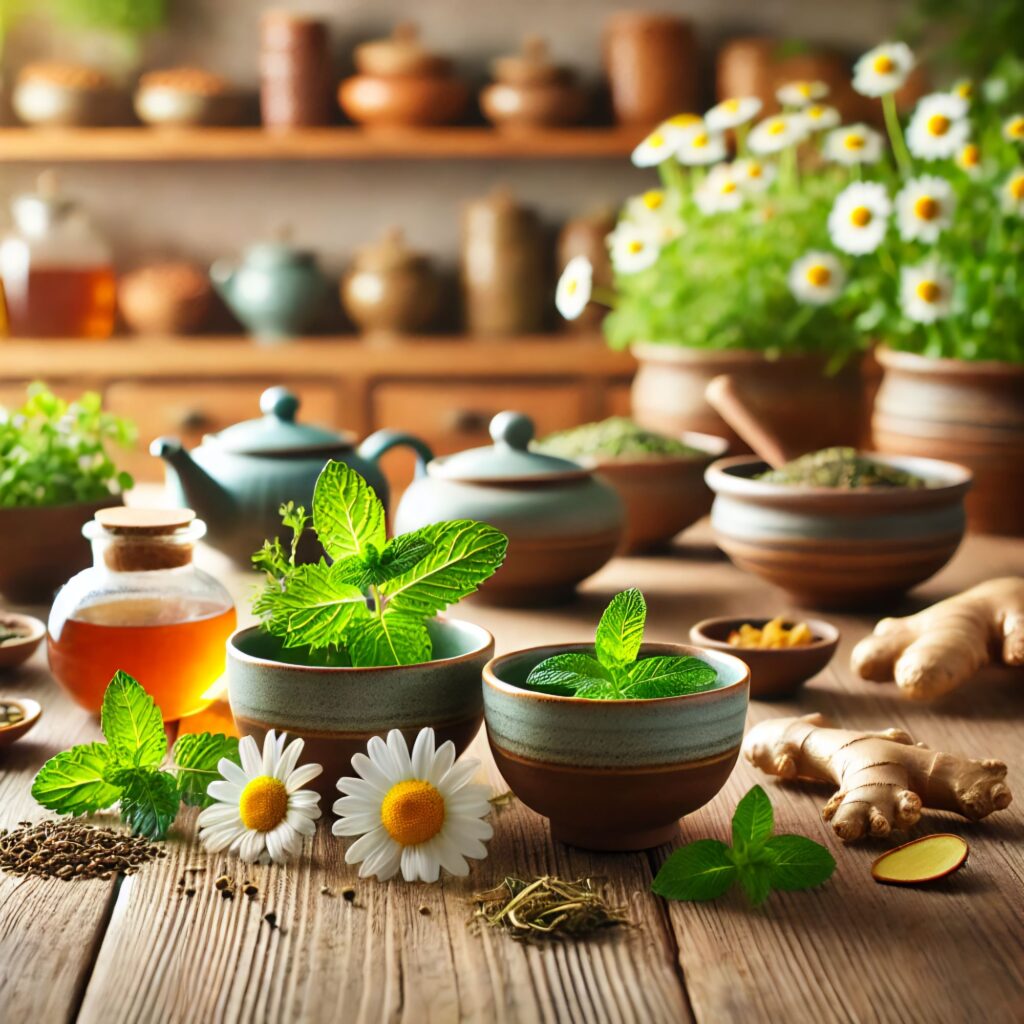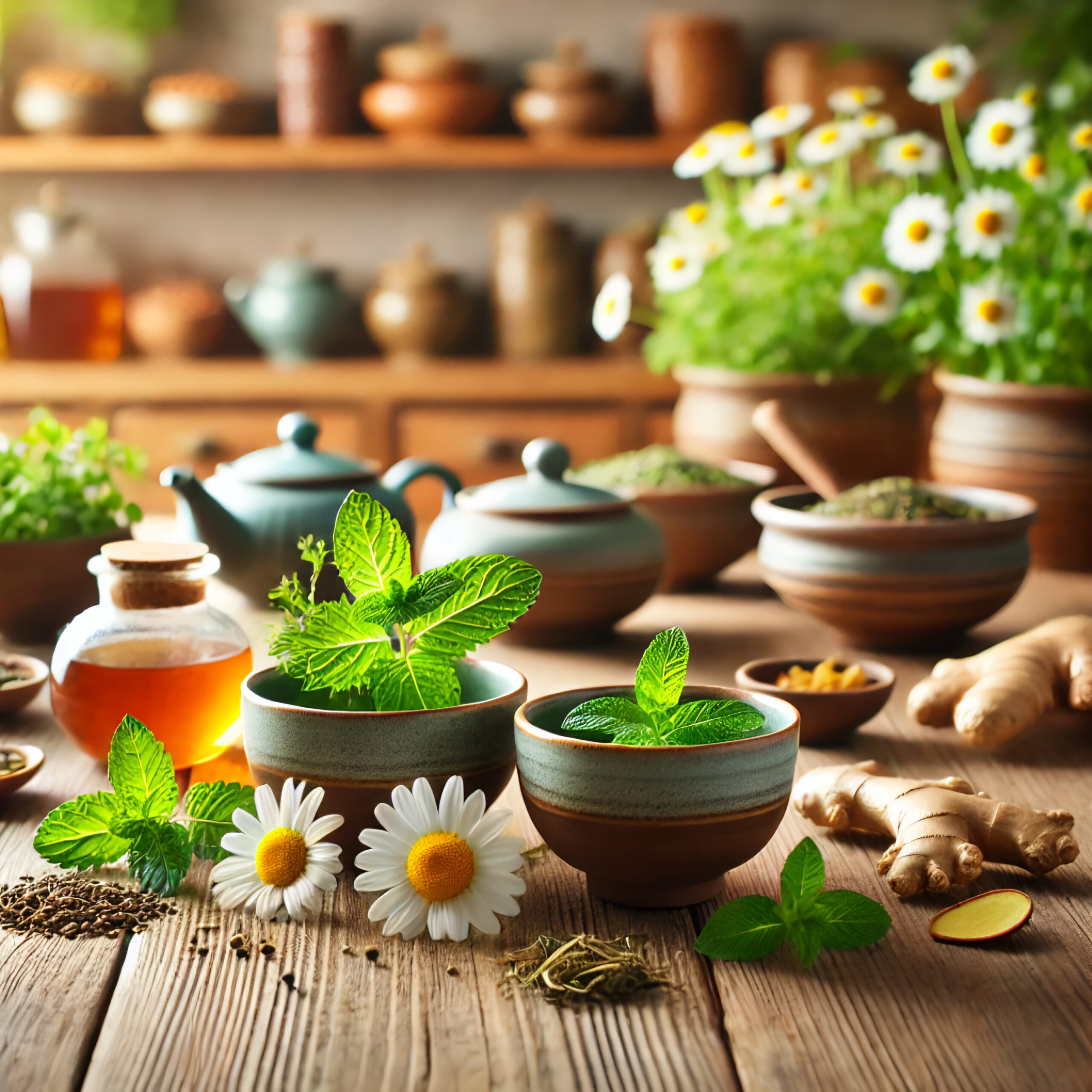Integrating Therapeutic Teas into Healthcare Systems Worldwide
Therapeutic teas have been used for centuries for their health benefits, but their integration into healthcare systems varies across countries. From herbal infusions to traditional remedies, many nations recognize the role of teas in improving public health. In this article, we explore how different countries incorporate therapeutic teas into their medical practices, analyze local health policies, and examine the potential impact on public health.
This comprehensive overview highlights the global significance of teas as natural remedies and their potential for enhancing healthcare systems.
What Are Therapeutic Teas?
Therapeutic teas are herbal infusions made from natural ingredients like leaves, flowers, and roots. They are rich in bioactive compounds, which provide various health benefits, such as:
Reducing inflammation: Chamomile and ginger teas help ease pain and swelling.
Boosting immunity: Green and echinacea teas strengthen the immune system.
Improving digestion: Peppermint and fennel teas alleviate bloating and indigestion.
Their medicinal properties make them ideal for preventive and complementary healthcare practices.
For recipes and more information about therapeutic teas, visit our Teas page.

How Countries Integrate Therapeutic Teas into Healthcare Systems
1. China: A Leader in Herbal Medicine
China integrates therapeutic teas into traditional Chinese medicine (TCM). Popular teas like green tea and pu-erh tea are prescribed for detoxification and weight management. Hospitals and clinics across the country offer herbal tea prescriptions alongside conventional treatments.
Reference: WHO on Traditional Chinese Medicine
2. India: Ayurveda and Herbal Teas
India incorporates therapeutic teas through Ayurveda, a 5,000-year-old healthcare system. Tulsi (holy basil) tea is widely used to combat respiratory issues, while turmeric tea aids in reducing inflammation. Indian health policies encourage the use of Ayurvedic teas as part of holistic healthcare.
Reference: Ministry of Ayush
3. Japan: A Focus on Green Tea
In Japan, green tea is considered a cornerstone of healthy living. Rich in antioxidants, green tea is commonly consumed to prevent heart diseases and boost metabolism. Japanese hospitals often recommend green tea for its calming properties and role in reducing stress-related illnesses.
Therapeutic Teas in Modern Healthcare
Bridging Traditional and Modern Practices
Countries like Germany and the United States integrate therapeutic teas into modern healthcare through herbal supplements and dietary recommendations. Research institutions actively study the effects of teas like chamomile and peppermint for managing anxiety and digestive disorders.
Global Health Policies Supporting Therapeutic Teas
The World Health Organization (WHO) supports traditional medicine, including herbal teas, in healthcare systems. They emphasize the need for research and regulation to ensure the safety and efficacy of these natural remedies.
Reference: WHO Traditional Medicine Strategy
The Impact of Therapeutic Teas on Public Health
Therapeutic teas offer an accessible, affordable, and natural way to improve health. By integrating them into healthcare systems, countries can:
Reduce the burden on pharmaceutical resources.
Provide preventive care for common illnesses.
Improve patient satisfaction with holistic treatments.
For instance, peppermint tea can be a natural alternative for managing irritable bowel syndrome (IBS), while chamomile tea is effective for reducing insomnia.
Challenges in Integrating Therapeutic Teas into Healthcare
Despite their benefits, several challenges hinder the global integration of therapeutic teas:
Lack of standardization: The composition of teas can vary, making it difficult to regulate dosage and efficacy.
Insufficient research: More clinical trials are needed to validate the health claims of therapeutic teas.
Cultural differences: Perceptions of herbal teas differ, affecting their acceptance in modern healthcare.
Overcoming these challenges requires international collaboration and policy development.
How to Incorporate Therapeutic Teas Into Your Life
Therapeutic teas are not just for hospitals or clinics; they can easily become part of your daily routine:
1. Start with simple recipes: Explore teas like chamomile, ginger, or green tea.
2. Follow expert advice: Look for recommendations from trusted healthcare providers or resources.
3. Experiment with blends: Combine different herbs for unique health benefits.
Check out our Teas page for easy-to-follow recipes and ideas.
Future of Therapeutic Teas in Global Healthcare
As awareness of natural remedies grows, therapeutic teas are likely to play a more prominent role in healthcare systems. Governments and organizations are investing in research and education to make these natural remedies more accessible and regulated.
By integrating therapeutic teas into healthcare, countries can create more sustainable and holistic health solutions, benefiting individuals and communities worldwide.
Conclusion
Integrating therapeutic teas into healthcare systems worldwide highlights their potential to improve public health. From traditional medicine in China and India to modern healthcare in Germany and the United States, therapeutic teas bridge the gap between natural remedies and scientific research.
Explore how these teas can enhance your wellness journey by visiting our Teas page.
